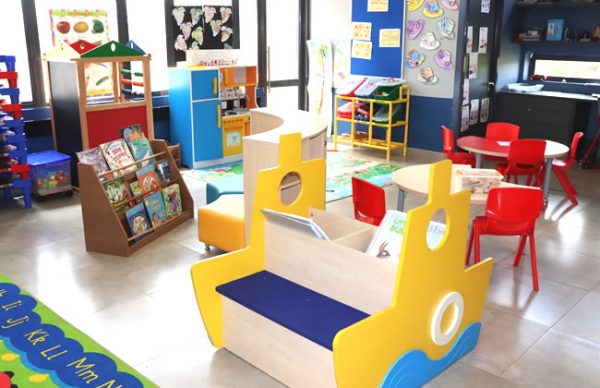All over the world, a palpable shift in learning made more urgent by the COVID 19 pandemic has become discernible. This is the phenomena that the classroom – this 4 walled room, with sets of desks and chairs arranged to face a blackboard – is no longer the only space where learning can take place. If nothing else, COVID has taught educationist that learning can take place anywhere.
Yet, as recently as 10 years ago the classroom was the primary locus for learning, supplemented perhaps by libraries, computer centers and laboratories. But majorly, it is in the classroom where most of the learning took place, why, because the teacher was the center of the learning.
And then, in a radical shift in pedagogy, countries around the world begun to adopt a student centered learning approach. With this the focus moved away from the teacher to the student, and the boundaries of learning began to stretch beyond the classroom. Out went the classroom and in came Learning Spaces.
But what is a learning space?
According to Wikipedia, a learning space, refers to a physical setting for learning, a place where teaching and learning occurs. In more precise terms ‘place’ may be indoors or outdoors, actual or virtual. What this does is to bring into perspective, the idea, that learning spaces should support a variety of pedagogies including; quiet study, passive or active learning, kinesthetic or physical learning, vocational or experiential learning among others.
Looking at how schools and other learning institutions in Kenya have responded to the COVID 19 challenge. It is clear that there is indeed a great appreciation for this marked departure from the classroom. However, a misconception still persists, or rather, an oversight about something very fundamental to learning remains unaddressed. And that is the ‘Learning Environment’ or rather, what modern pedagogists have called the 3rd teacher. According to the Reggio Emilia Approach, children thrive in environments that are suited to their interests and developmental stages. They thrive in environments that are welcoming, authentic, aesthetically pleasing, and culturally representative of the communities from which they come from.
Yet for some reason our classrooms, libraries and laboratories have remained the same. Very little has changed in decades- it is the same desks and the same chairs. To a large extent the problem has not been with schools or learning institutions, the problem has been mostly due to poor offerings from manufacturers and suppliers of education furniture. Take a simple problem like sizing for instance; you will find that children in grade 2 to grade 5 (7 – 10 year olds), will often sit on oversized chairs, their feet dangling in the air most of the day, because, the industry only provides chairs in 2 or 3 standards sizes. This lack of finesse has resulted in many schools looking at school furniture and its allied resources as short term investments.
And this is the misconception; school furniture is not short term investment. Anyone in the business of running or managing schools, colleges or universities should be looking at furniture as a long term investment. Going forward school owners and decision makers should source for furniture with a longer shelf life than what is currently available i.e. 3 to 4 years. It will be prudent to source furniture with a shelf life of at least 6 to 8 years. By doing this learning institutions will not only get a good return on their investments but they will most definitely enhance the aesthetics of their learning environments.
The next question is off course, are there suppliers or manufacturers available locally to deliver on such a promise? Yes there are. Manufacturers like Ashut Engineers, Mecol and Mango will guarantee quality, arguably for long term use. Edusolutions is another good option, a new entrant in the market. This company offers innovative and aesthetic pleasing designs for long term use. They also manufacture locally but source imported furniture as well.
In conclusion, Rome, it is said was not been built in a day. So it is not expected that schools will jump into upgrading their learning environments straightaway, yet so many other pressing challenges loom. No, this not what we advocate. What should become paramount however, is that going forward, whenever a school is considering buying school furniture; its decision makers should think long term, they should think quality. By this, the school or learning institution will, class by class, stream by stream, work towards transforming their classes to become a 21st century learning spaces.
Jeffrey Wekesa is the General Manager EduSolutions Kenya.


